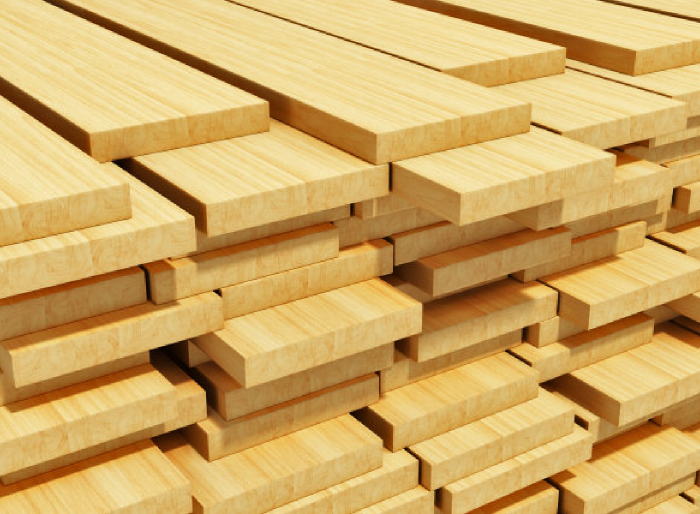




Finishing treatment and design
1. Color design: The design team creates various colors such as wood grain, stone grain, solid color, abstract pattern, etc. based on global trends.
2. Printing: The designed patterns are printed with high precision on special decorative base paper using gravure printing (suitable for large quantities, repeated patterns) or digital printing (suitable for small batches, personalized customization) processes.
3. Impregnation (if melamine paper):
Immerse the printed decorative paper into a tank filled with melamine resin to fully saturate it。
By using a high-temperature drying oven, the resin is brought to a "semi cured" state. At this point, the paper becomes brittle and hard, making it easier to store and transport, but it will melt and form again under hot pressing.
PP film/PVC film extrusion (if it is a film facing): PVC or PP particles are mixed with color masterbatch, heated and melted by an extruder, and directly made into a flexible decorative facial mask with different colors and thicknesses
Substrate preparation
The substrate is the skeleton of the panel, which determines its structural strength.
1. Substrate selection: Common substrates include:
Particle board: affordable and most commonly used.
Medium density fiberboard (MDF): The surface is smoother and more even, making it suitable for styling.
Plywood: Good structural stability and high strength.
2. Substrate processing: Cut large sheets into the required size.
Sanding: Fine sanding is applied to the surface of the substrate to ensure absolute flatness and flawless veneering effect.

Pressing and post-processing
This is the core process of permanently bonding the finish with the substrate.
1. Paving: Lay the prepared substrate and decorative materials (impregnated paper or PP film) layer by layer.
For melamine paper: Usually, a layer of impregnated solid color balance paper is added under the decorative paper and pasted on the back of the substrate to prevent the board from bending and deforming due to uneven stress on both sides.
For PP film: It is usually necessary to apply a special adhesive on the substrate first.
2. Hot pressing: Send the paved material into a high-temperature hot press machine.
At high temperatures (about 180-200 ° C) and high pressures (about 25-30 bar), semi cured melamine resin will completely melt, flow, and undergo cross-linking reactions with the substrate surface, firmly solidifying together. For PP film, hot melt adhesive is activated under high temperature and pressure, producing strong adhesive force.
The press steel plate can be smooth or textured (such as wood veneer texture), which can imprint corresponding tactile textures on the surface during pressing, making the panel look and feel more realistic.
3. Cold pressing (optional): Some processes will perform cold pressing after hot pressing to quickly cool and shape the board, improving surface wear resistance and stability.
4. Health Preservation: The pressed board needs to be left to stand for a period of time (usually 24-72 hours) to release internal stress and fully cure, achieving optimal performance.
5. Post processing:
Cutting: Cut the large board into the final required size.
Edge banding: This is a crucial step. Wrap the cross-section of the board with matching edge banding strips (made of PVC, ABS, or PP material) and use a hot melt adhesive edge banding machine to achieve the purpose of beauty, moisture resistance, and durability.
CNC machining: If it is necessary to install hinges or create special shapes, precision machining such as drilling, engraving, slotting, etc. will be carried out through CNC machine tools